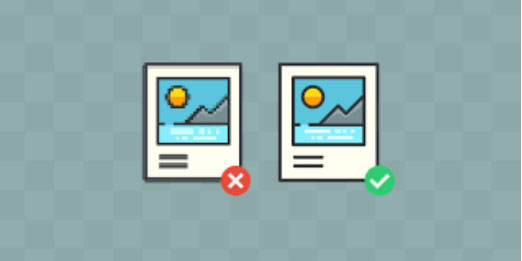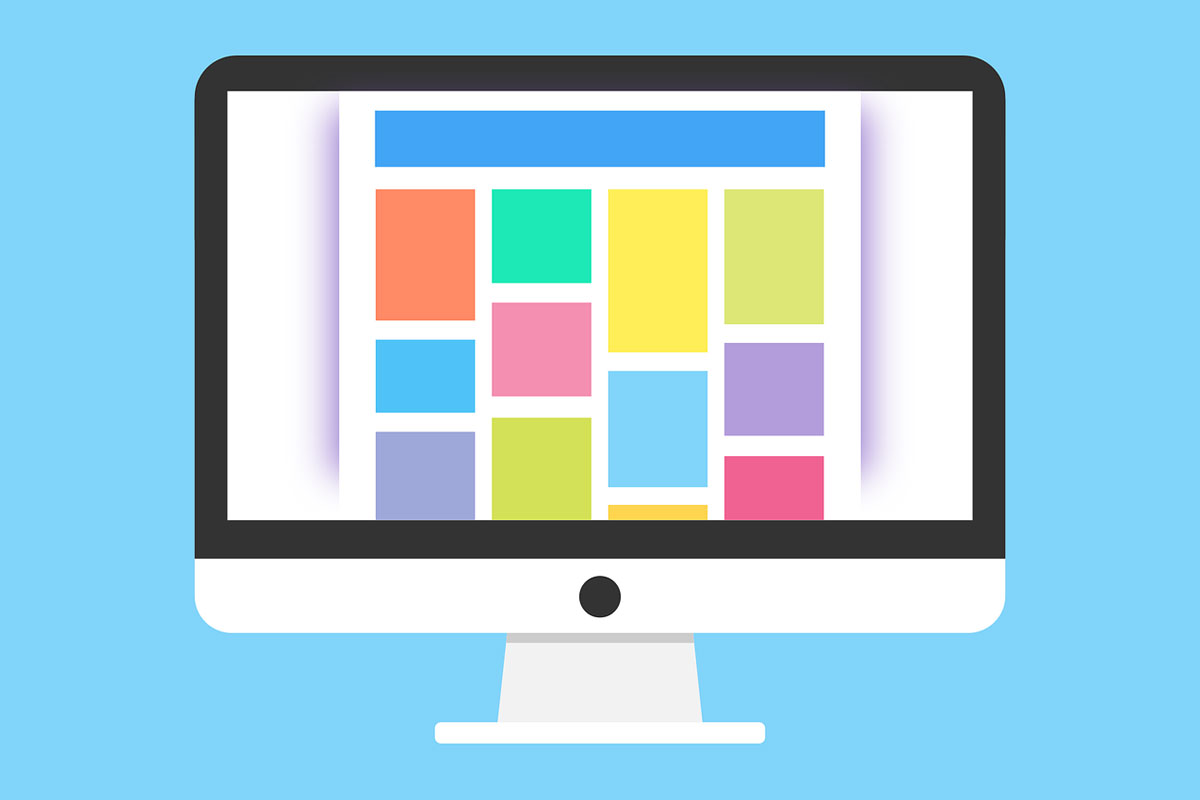Google’s search algorithm uses more than 200 ranking factors to position websites.
You may think that acquiring backlinks, having a well-built website, and writing excellent content is the best way to improve your website ranking.
Well, you wouldn't be wrong…
But, what if we told you that the quality of your website’s images also play a role in how it will rank.
For one, you can’t just copy and paste images on your website.
This can result in copyright issues, and if you don’t optimize your images, it could bring down the speed of your website.
Google can penalize your website if it’s too slow…
Images account for 22.6% of search results on Google.
So, it’s important to ensure that your images are up to par.
In this post, we’re going to explain all of the steps of how to select and optimize the right images for your website.
1. Find Free Images
There are companies that will allow you to purchase a subscription to download all of the types of images you want.
But, if you want to save money, then you can take advantage of the websites that offer free images for commercial use.
This simply means that you can make a profit from the images you use and not have to have a license or pay royalties to the owner of the image.
Here are some websites that will allow you to use royalty free images:
Make sure to choose images that are extremely relevant to your topic.
This is key if you want Google to rank your pages.
If you are using a content management system and want to use an image for your blog, make sure that the image meets the dimensions of your website’s theme.
Otherwise, let’s move on to the next step.
2. Name Your Images Properly
To rank websites, search engines use robots or spiders to crawl your site.
As you can imagine, these bots can easily pick up text and code.
However, they don’t have eyes to see what your images are.
For this reason, create a distinguishable name for your images.

Instead of using “image248492” as the name of a particular picture on your plumbing website, use “plumber standing next to broken pipe”.
This data will help crawlers interpret your images.
Finally, include alt text to further aid bots in comprehending your images.
This is also beneficial to visually-imparied people with screen readers.
3. Optimize Your Images
Once you’re done naming your images, you should move forward with optimizing them for SEO.
Here’s how you can get the job done the right way.
- Reduce the file size of the image to help your website load faster.
- Use image sitemaps
- Beware of using decorative images, or pictures that can improve the look of your website. These can slow down your site tremendously.
- Optimize thumbnail images on e-Commerce websites with alt text and reduced file sizes.
Some of these image optimization tips may be too advanced for you to carry out.
Luckily, our team of web experts can assist you in that regard.
Give Us a Call Today!
When we develop your website, we will ensure that all of these image optimization tips are carried out.
To learn more about how we can help you, give us a call today at 1-888-678-8662 or click here to Schedule a Free Consultation.




 View Printer Friendly Version
View Printer Friendly Version



